XOXO
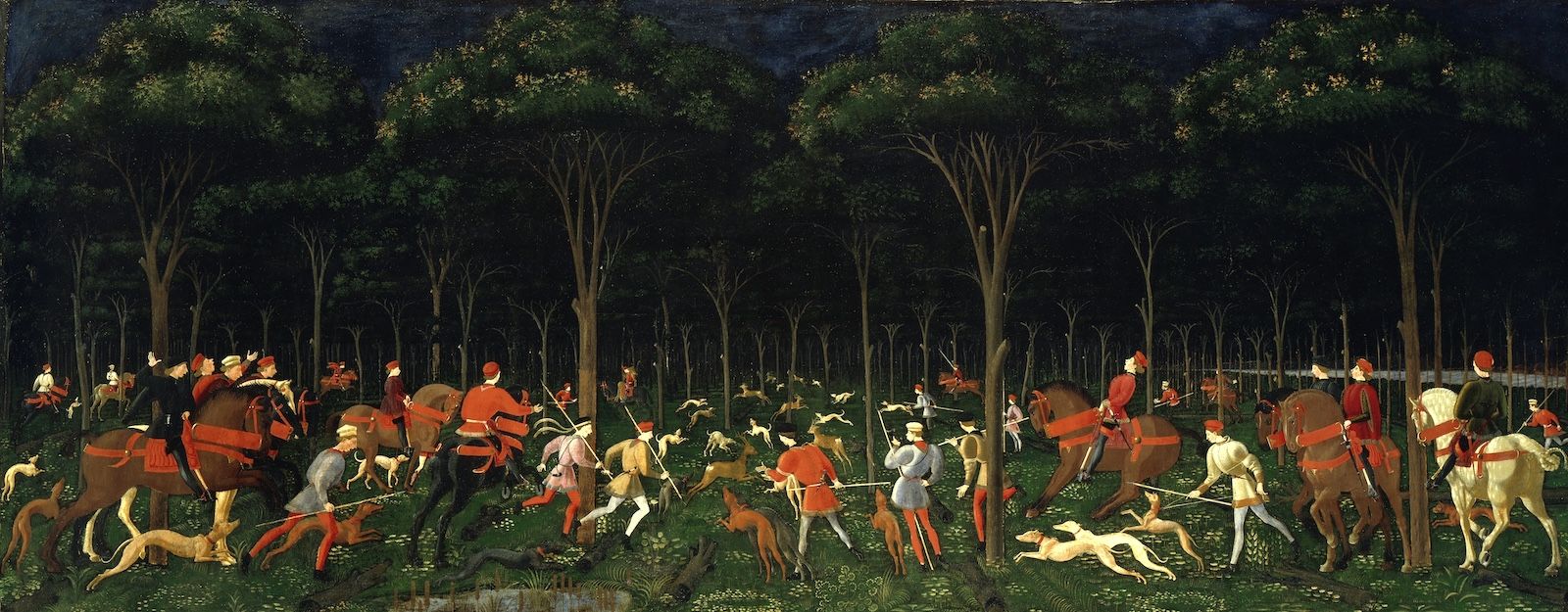 Paulo Uccello’s The Hunt in the Forest, c. 1465–1470
Paulo Uccello’s The Hunt in the Forest, c. 1465–1470
This post annotates a talk I gave on August 24, 2024 at the final XOXO Festival in Portland, Oregon. The talk was about why I left the internet, how the Covid Tracking Project got me back online, and most of all how the work we did at CTP led to me to believe that we—the weirdos of internet-making and online life—have to not merely retreat from the big-world social internet, but fix it. You can watch it on YouTube now, and the text as written is below with some margin notes.
Andys Baio and McMillan made the festival and conference such an intensely sweet, thoughtful, and welcoming place for digging all the way down into what the past several years have done to us, and I feel wildly fortunate that they brought me along for the final round.
Since delivering this talk, I’ve launched a tiny studio, wreckage/salvage, to do the things—deep research, deliberate experimentation, careful network thinking—I ended the talk exhorting all of us at XOXO to do.
The talk
In the few places where I had text in my slides that didn’t get echoed in the narration, I’ve included them as text in [brackets].
A few months ago, I went back and rewatched a bunch of XOXO talks, and it turns out that not all, but a lot of them, break down into two categories, which are, roughly:
Here Is a Cool and Meaningful Thing I Did With the Internet
 (Yay)
(Yay)
and
Here Is a Horrifying Thing the Internet Did to Me
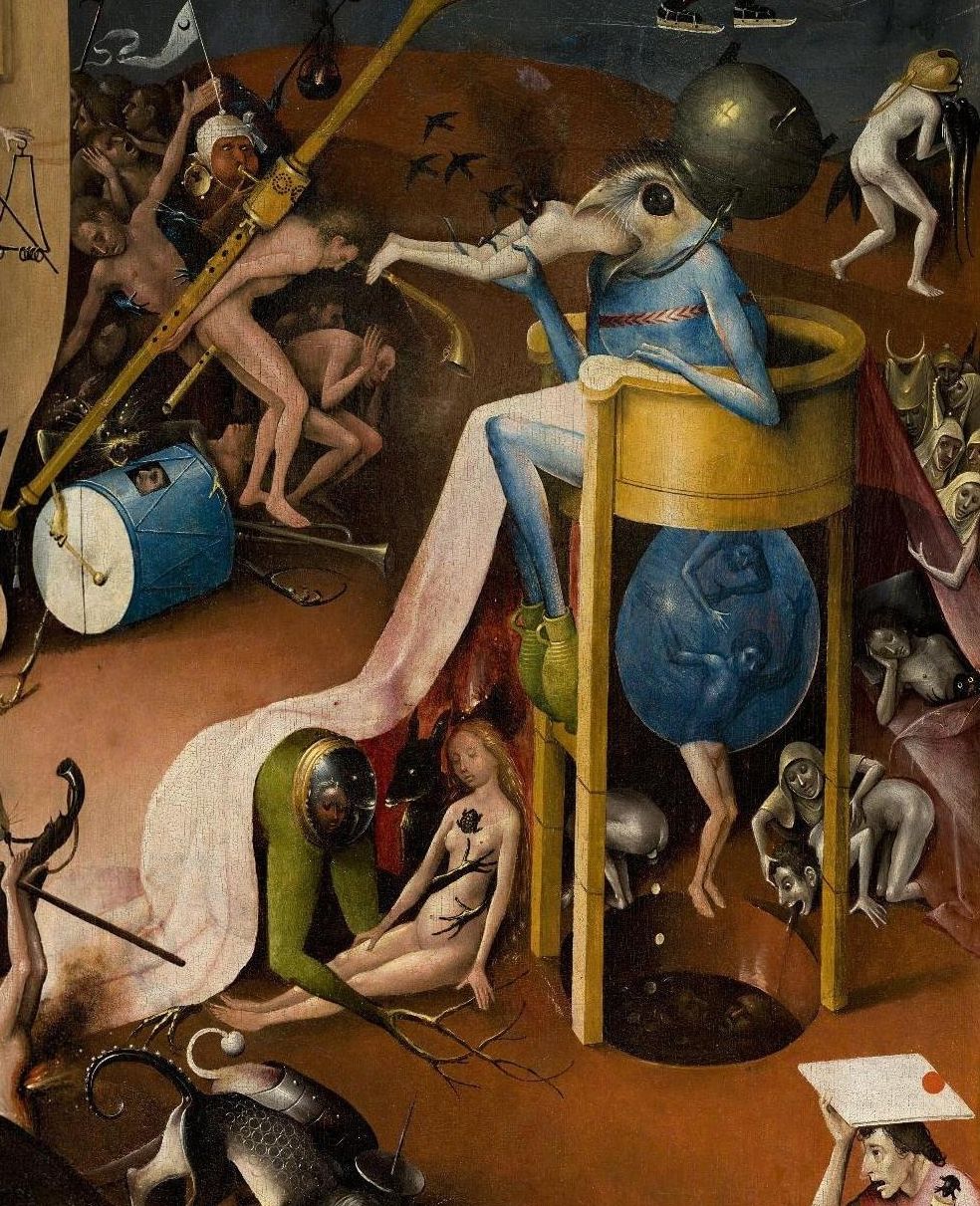 (Oh no)
(Oh no)
And the tension between those two kinds of talks, and these two kinds of experiences, is the central tension of the internet. And especially of the social internet.
Because to live and work online now is to exist in a rolling disaster in which it is increasingly impossible to tell the difference between 4chan-style amateur griefing, inept political destabilization campaigns, and just randos who’ve normalized on acting like nightmares.
It’s to be goaded, manipulated, and shadowbanned by systems that hide the people and reality we need and serve us brain-scrambling streams of misinformation, creepy AI, Nazis in wretched abundance, and increasingly few chances to just be human. But a lot of us can’t leave, because these systems have such a stranglehold on our work, our reputations, and our lives.
They have all of this because we gave it to them in exchange for what they offered ten or fifteen years ago. And then, as our societies became more and more enmeshed with and dependent on these systems, the deal got worse and worse for us, and it got harder and harder to escape.
This is an increasingly terrible bargain.
And this is the experience within the empire that brought the world Facebook and YouTube and Instagram and Twitter. The things the social internet does to people outside the US and Canada and Western Europe are orders of magnitude worse.
I started working on the internet straight out of undergrad at the end of the last century.
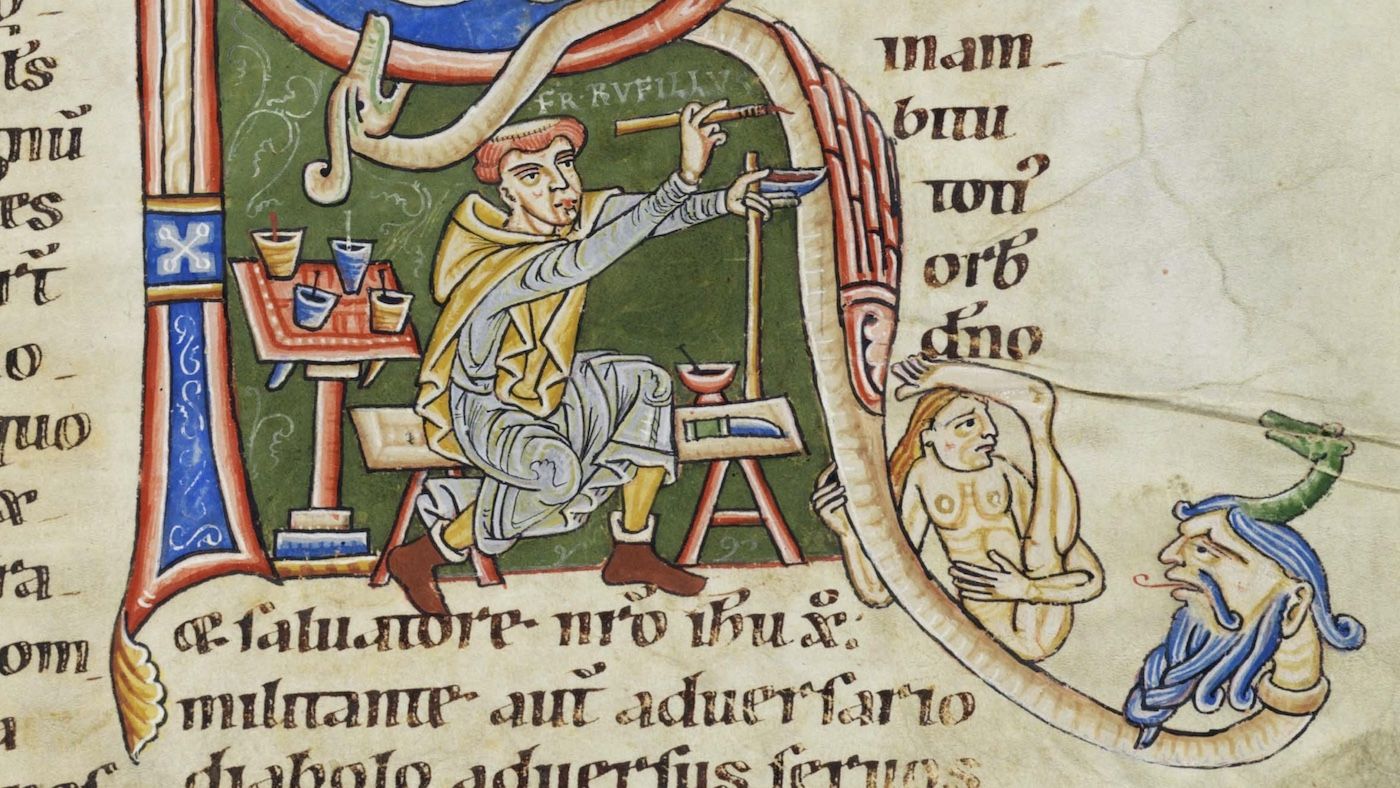 Behold Ruffilus the illuminator and his…colleagues.
Behold Ruffilus the illuminator and his…colleagues.
This was my office. People forget what it was like before React.
My career in tech and publishing and journalism was completely tangled in the internet, and it gave me so many gifts. And the internet gave me so many gifts: Early on, at A List Apart, I got to advocate for web standards and accessibility. Later, at design agencies, I got help some brilliant people do good and important things. At OpenNews, I got to work with some of the best and kindest data journalists in the world. Sometimes I got to travel around and give talks with my friends.
I got my friends.
But also the work I did was grounded in understanding complex socio-technical systems, and when you do that for a long time, you start to get a feeling for what it looks like when a system is going off the rails. Which meant that it was hard for me to look at the the platforms and systems growing up around us and not feel deep unease.
And some of the gross internet things happened to me too, though I got off much more lightly than many. But I was also just getting worse, as a person. Meaner and sharper. And every time the platforms rewarded my moments of aggression or contempt, it felt like something tightening around my brain. So when I got the chance to get off the internet, I took it. I moved to the literal woods, planted a garden, wrote a book, and hung out with my extremely great kid. And when she got older and started school, I started trying to figure out how far from the center of tech I could possibly work and still be able to pay the bills.
For orientation purposes, this was in the very early spring of 2020.
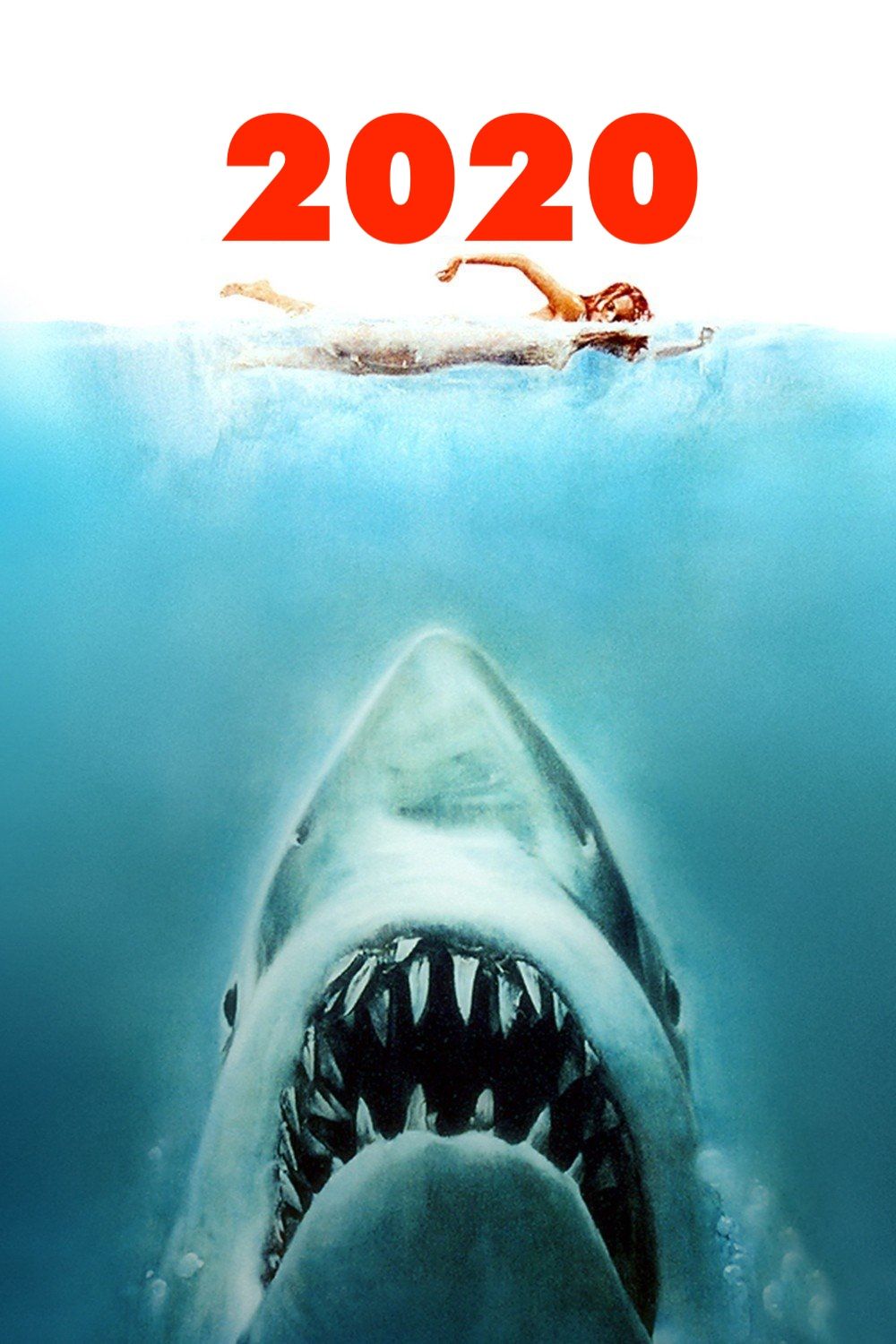 (shark noises)
(shark noises)
And in the early spring of 2020, my friend Robinson Meyer is the only other person I know who is obsessing about the virus that would be covid. I’m sitting on my kitchen floor in the middle of the night one night texting with Rob about covid numbers because my partner is traveling and I’ve gone feral. And at this point, we know that we have a couple hundred official covid cases in the US. What we don’t know, because the CDC has silently stopped reporting it, is how many tests we’re doing. And if you don’t know how many tests you’re doing, or where you’re doing them, case numbers really don’t tell you all that much.
And I, being me, was like, “Well, we have to assume covid’s everywhere, cause I don’t think we’re really testing enough to say otherwise.”
And Robinson, being a journalist, was like “Huh.” And then he rounded up his friend and fellow Atlantic journalist Alexis Madrigal and they stayed up all night and went to all the websites and called all the state public health departments and got the numbers.
(The answer was that despite the White House and the FDA talking about making millions of tests available, the US had done a couple of thousand tests, total. Which meant we had no idea what was happening.)
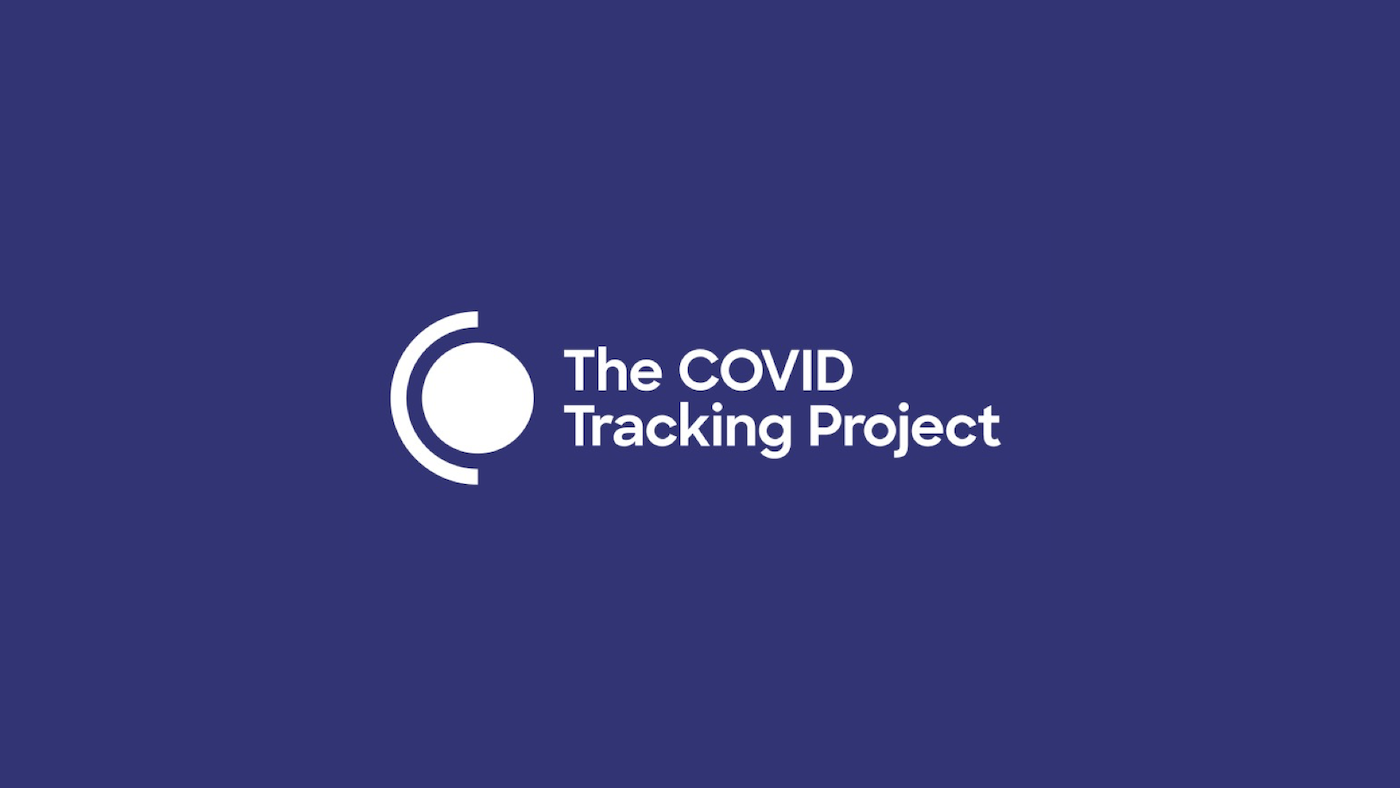 (CTP logo, designed very rapidly by Jason Santa Maria.)
(CTP logo, designed very rapidly by Jason Santa Maria.)
The COVID Tracking Project (CTP) was a volunteer collective that formed to build on Alexis and Robinson’s initial investigation and continue that data-gathering work for just a few weeks, until the CDC started publishing better data. When Alexis put out an initial call for volunteers on Twitter, I said I could throw in a couple hours a day for about a week or two.
A couple months later we had a real website, an API, several hundred dedicated volunteers, and I was co-running the project with Alexis and ended up doing something closer to 12-to-18-hour days for a year.
Because what we discovered after we’d done the work for a few weeks—expecting every day that the CDC would publish their data and let us get back to our lives—is that the CDC did not have the data. That the wealthiest country in the world was unprepared to count cases or tests at scale, and which relied on 56 separate state and territorial data systems with their own chronologies and data definitions and whose pipelines often included literal fax machines.
The reasonable thing for a volunteer collective to do in the face of this shambles was to stop. Instead, our volunteers put more than 20,000 person hours into just collecting, maintaining, and reconciling the data it as more and more information came online. Because the other thing we learned was that the same federal government that had failed to assemble the data was now relying on our numbers as vital infrastructure. That FEMA was using to plan testing sites and distribute ventilators. That when Mike Pence did his White House covid briefings, he was often reading our numbers.
And also this time, our numbers were everywhere. In national and international newsrooms and massive data projects and all these local FOX TV affiliates. So we went out every day and got the numbers and kept the beat. By the time we’d wound down, our work had been featured in the Trump Administration’s Opening Up America Again plan in 2020, and the Biden Administration’s Day One covid strategy in 2021. Our data was cited by the CDC, the FDA, the Department of Energy, and the Department of Defense, used in more than 40 Congressional reports, and referenced in lawsuits by the NAACP and the Southern Poverty Law Center.
DJ Patil, a former White House Chief Data Scientist, said, of CTP: “You filled a gap that is essential and I fundamentally believe you and the team saved an incredible number of lives.”
I am so grateful that we were able to do what we did.
And without the social internet, we’d never have been able to do it. First of all, we’d never have been able to find each other—like, all of us, but even specifically just me. I met Robinson on Twitter. Rob met Alexis on Twitter. But also the range and quality of our randos from the internet was just unparalleled. We had people from big tech and startups and students and artists and academics and even a few actual public health experts.
And Twitter was quite bad then but still usable for a lot of people and that’s where all the reporters hung out and found our data and APIs and explainers. And through the internet, we helped a lot of justifiably frightened people deeply understand the data and use it to make informed decisions about their organizations and communities and families.
Living through the experience of standing up a volunteer data organization that did so much made it blindingly clear to me that the exact networks we’re often having a pretty miserable time with are essential for building the agency and capacity to deal with emergent crises when our institutions fail us.
Which is a thing we are all continuously living through.
[pandemics]
[climate disasters]
[genocide]
The networks are worse now than they were four years ago. So much that I don’t think we could do CTP now if we needed to. And there’s a pretty strong belief in many quarters that because of corporate predation and human nature, no many-to-many social system can ultimately be anything but corrosive.
The Dark Forest model, which gained popularity because of Three Body Problem and was adapted for the web I think most elegantly by Maggie Appleton, sort of formalizes this. It posits that the public internet is now so hostile to authentic human sociability that real interaction has to go underground, into private Slacks and Discords and group chats. And this is happening both because the platforms themselves are extractive surveillance monsters and because they’ve incentivized so many predatory, PvP behaviors.
In this light, going underground seems wise and protective.
My fundamental discomfort with that conclusion is that when those of us who have found our people and managed to get even semi-stable retreat into private spaces, we are slamming the doors on all the people who haven’t got there yet. In Dark Forest terms, we’re leaving them up there to get eaten.
And yes, we do need few-to-few connections. We need spaces of trust in which we can acknowledge meaningful disagreements and still pursue our common goals collectively, which is essentially impossible to do in public.
But we still have to find each other.
And again, projects like COVID Tracking—or projects that bulk-bought masks and biked them around New York City, or abortion funds, or the initiatives helping people get their trans kids to safer places or their families out of Gaza—keep demonstrating that we need a big-world social internet to mount a collective responses to crisis.
So I think the answer can’t be to cede everything above ground to billionaires and demagogues and the predatory forces they’ve incentivized.
And we can’t keep accepting the increasing poisonous status quo the social internet…
[(capitalism)]
…has backed us into.
Which leaves us with only one option, which is we fix the fucking networks.
Fortunately, a lot of people have had personally had enough and bailed on Twitter or Facebook. And even when they land on other big platforms, it works against the idea that the current state of affairs is inevitable and eternal. There are a lot of projects—some new, some simmering for years—trying to build better networks. I don’t know if any of these systems will be the thing itself, rather than what Thomas Kuhn called pretender technologies—the things that seem like the next paradigm shift, but don’t really go anywhere
But “pretender” technologies are also laboratories for trying out better futures.
I’m saying this in this room, now, because a lot of us remember working and living in internet systems that were flawed but not systematically designed to burn our time and emotions and safety as fuel.
We all have a role to play in making networks that are genuinely better for all of us, as network builders or writers or artists and game designers and all the other people whose presence makes networks better and richer.
There’s a real crack in the foundations of the current order. And I believe that if we each brought our weird talents and gifts and treated the problem of making better networks as our problem, instead of hoping someone else will figure it out—we would have this thing in the bag.
At around the six-month mark of Covid Tracking, The Atlantic asked for a piece about how we were doing so after my tracking work was done for the day, I stayed up and wrote something and sent it in and they were like “Ohhh we meant something…reported,” and I was like “Ahhh, that’s cool but you gotta find someone else to write that.” So this has never actually been seen, but I want to read you a piece of it.
In the project’s first few months, we talked a lot about building a plane as we flew it. Now it feels more like we’re building a bridge as we walk it. Each day’s work is an act of faith in the dark, putting down a little more knowledge to stand on. We still can’t see the other side.
But every day at 3:30 Eastern, a dozen strangers turned colleagues ignore the the weirdness of daily life in 2020 and fight their way through the eccentricities of 56 individual multi-tabbed dashboards to fish out the numbers we need. Later, their counterparts in Data Quality and Race and Ethnicity Data and Long-Term Care will log on and do their rounds. Because every day, no matter what the government does or doesn’t do, we count the sick, the very sick, and the dead, because we believe their lives and deaths should count.
And also because there are healthcare workers and epidemiologists and officials all over the country fighting for the living. We do this work in the belief that the millions of data points we assemble will give them the clarity to help us all, somehow, find our way out.
And we’re still not out. But we’re also not back in the summer of 2020, when the hospitals were overflowing and the air in LA was unbreathable because the crematoria were working around the clock. Helping people understand what the pandemic was doing around them was only one tiny piece of what got more people through from those days to now, but it mattered.
I never meant to work in public health data, and I don’t, anymore. It’s too hard on the heart. I’m also not a climate scientist or a human rights expert. But I’m pretty okay at the internet. So I’ve spent most of the past year and a half trying to map out some of the cultural territory of our networks and explain what I find.
I am doing this because I think we need to understand, as concretely and as close to the ground as possible, what has happened to us. And then use that knowledge to try out new ways to be together, purposefully and with a careful eye on the human costs of our experiments.
Because no matter what happens here in November, we all know that in the future, there will be more crises. The next pandemic. The next climate disaster. The next genocide.
So I think we have to fix the networks now, so that when that time comes, we can put all our energy into getting more of us safely across to the other side.
Thank you.
Notes
The paintings and illustrations in the talk are from Lawrence Alma-Tadema’s beautiful and deeply hilarious Spring, Hieronymus Bosch’s Hell panel in his famous triptych, the Passionary of Weissenau (Weißenauer Passionale), an illuminated 12th century life of the Christian saints known in manuscript-nerd land as Cod. Bodmer 127, and Paulo Uccello’s hypnotic The Hunt in the Forest. The Bodmer manuscript illumination depicts the illuminator himself, and I think it’s especially charming.
The photograph at the end was taken by me and shows the Astoria-Meglar bridge, a steel cantilever through-truss bridge that spans the Columbia River a few miles inland from its egress into the Pacific. I don’t actually love being on that bridge, but I love looking at it from below.
On the subject of the bad bargain we’ve made with the social internet and its entanglement with broader systems of surveillance and hyper-financialization, I super-highly recommend Kieran Healy and Marion Fourcade’s wonderful book, The Ordinal Society, which is so clearly and tightly written that it feels like a beautiful knife; this effect is softened only slightly by the inclusion of so many load-bearing puns. (It’s funny and important, everyone should read it.)
Those curious about The Covid Tracking Project will find lots of documentation here, and the recently updated podcast about the project—and the broader failures of public health data during the pandemic—from Reveal is very good and features a lot of audio from inside the project as we worked in 2020 and 2021.
CTP’s work was also covered well by Bloomberg and the Columbia Journalism Review, and I did interviews (solo and with Alexis) for Tableau, the Annenberg Innovation Lab, and GQ. The project was archived by a great team at UCSF.